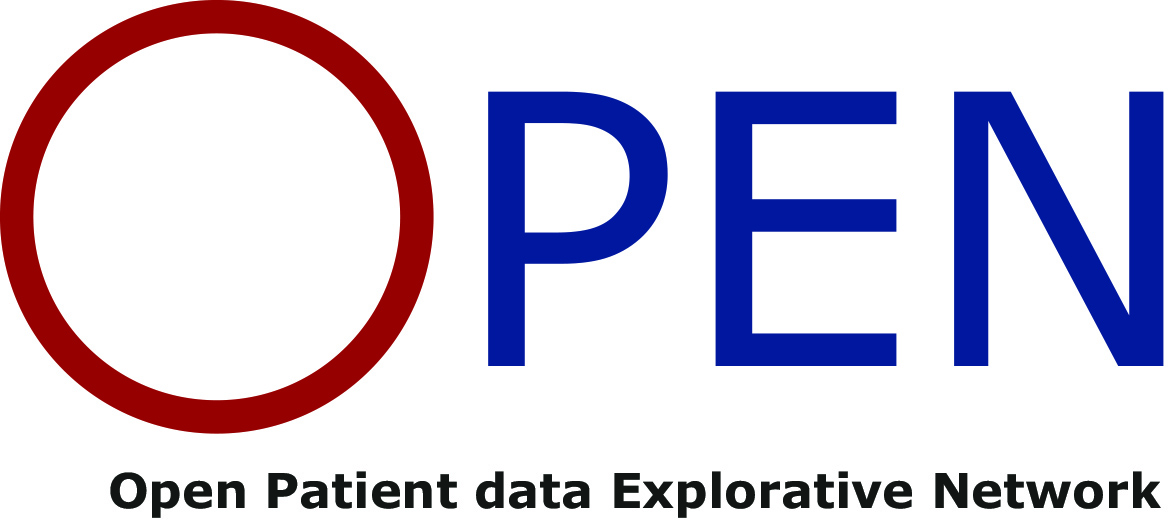
Physician
Malene Søborg Heidemann
H. C. Andersens Børne- og ungehospital
| Projekt styring | ||
| Projekt status | Open | |
| Data indsamlingsdatoer | ||
| Start | 01.09.2025 | |
| Slut | 01.07.2026 | |
Child abuse or illness: The prevalence and characteristics of illnesses associated with increased risk of bone fracture and/or bleeding in children assessed for physical abuse in the last 10 years.
Short summary
Physical child abuse is a serious and relatively common issue that can lead to significant physical and psychological consequences for the child. As a key part of the assessment of suspected physical abuse, bone fractures and various types of bleeding are evaluated. Certain medical conditions may be misdiagnosed as child abuse if they increase the risk of fractures and/or bleeding. An incorrect diagnosis affects not only the child but can have major consequences for the entire family.
Rationale
This project aims to investigate the prevalence and characteristics of diseases associated with an increased risk of fractures and/or bleeding in children examined on suspicion of child abuse. There is strong evidence regarding when suspicion of child abuse should be raised. However, the evidence base is insufficient when it comes to differentiating between child abuse and certain medical conditions that may present with similar clinical findings. Therefore, it is relevant to investigate the occurrence of these diseases and to evaluate the diagnostic criteria and imaging methods currently used in the assessment of child abuse. The goal is to optimize diagnostic accuracy and avoid misinterpretations. Additionally, the project focuses on potential improvements in assessment practices, including changes to standardized approaches and interdisciplinary collaboration.
Description of the cohort
Children who, during the period from September 1. 2015 to August 31. 2025, were assessed for physical abuse and suspected child maltreatment at Odense University Hospital (OUH). Included are all children aged 0-17 years who, during this period, were registered with the diagnosis codes DT74.1, DT74.1A, DY049, and DZ038G.
Data and biological material
Data from the patient journal